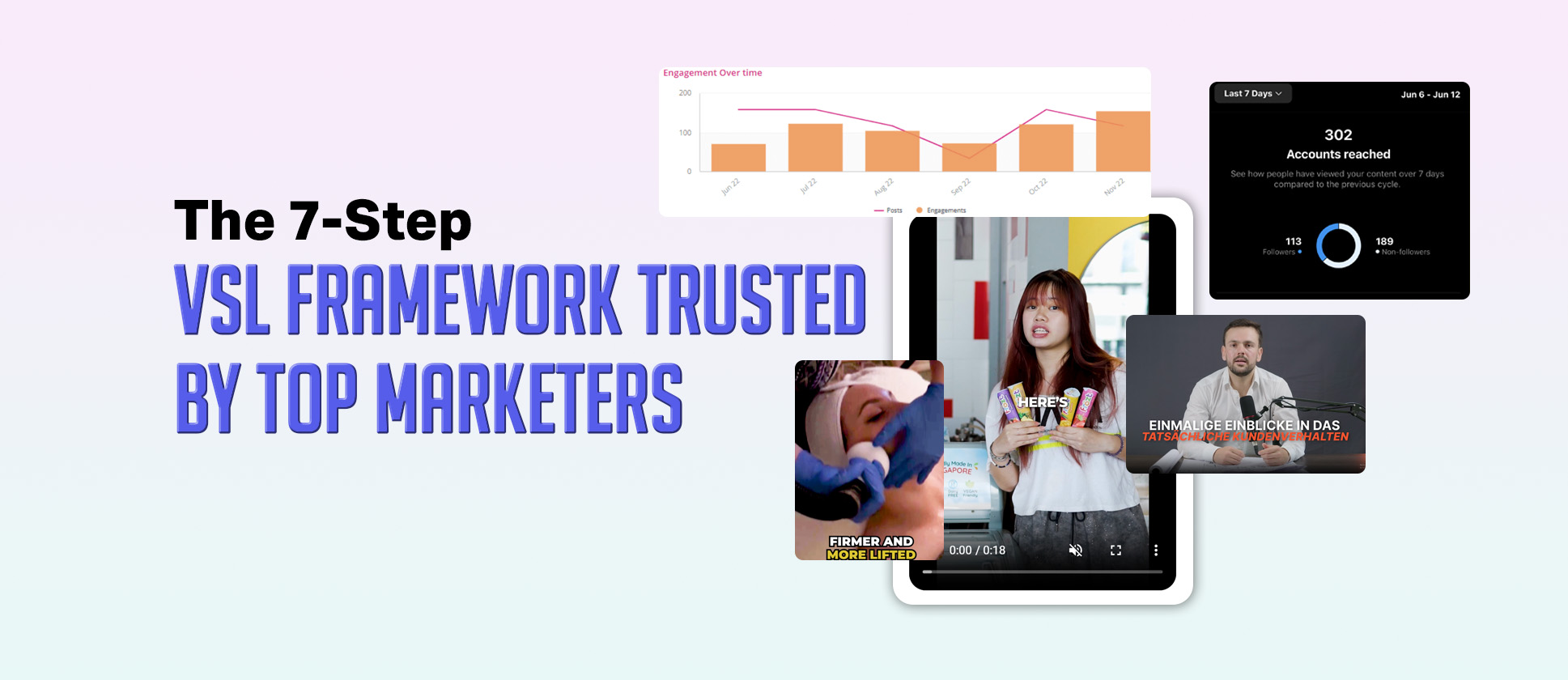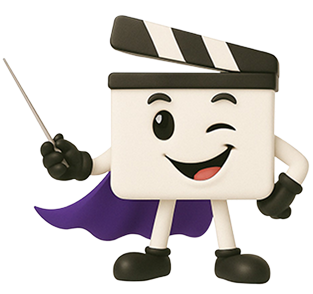Remember the last time you watched a video and felt like someone was literally screaming at you to buy something? Yeah, that sinking feeling in your gut probably told you to click away faster than you could blink. The thing is, nobody wakes up thinking they want to be sold to today, but we all love discovering solutions that actually make our lives better. That’s basically the entire art of VSL Script Writing: speaking to people like human beings instead of walking wallets. Mastering a high-converting VSL means understanding the delicate balance between persuasion and authenticity without crossing into pushy territory that makes viewers uncomfortable.
The secret to creating a VSL that Sells isn’t about tricks or manipulation; it’s about understanding that your viewer is a real person with real problems and actually giving a damn about helping them solve those problems. At ShortVids, we’ve spent years perfecting this balance because, honestly, we’ve seen what happens when videos go full used-car-salesman mode and viewers bolt faster than you can say conversion rate. When you nail the VSL writing blueprint, selling stops feeling like selling and starts feeling like a genuine conversation where both parties win because trust gets built naturally.
Signs Of A VSL That Feels Salesy And Turns Viewers Away From Conversion
A salesy VSL doesn’t just miss the emotional beat; it pushes people away faster than a broken autoplay button. We’ve seen scripts where you can practically hear the desperation. So before diving into how to write a VSL, let’s look at some clear, not‑so‑generic signs that instantly kill trust.
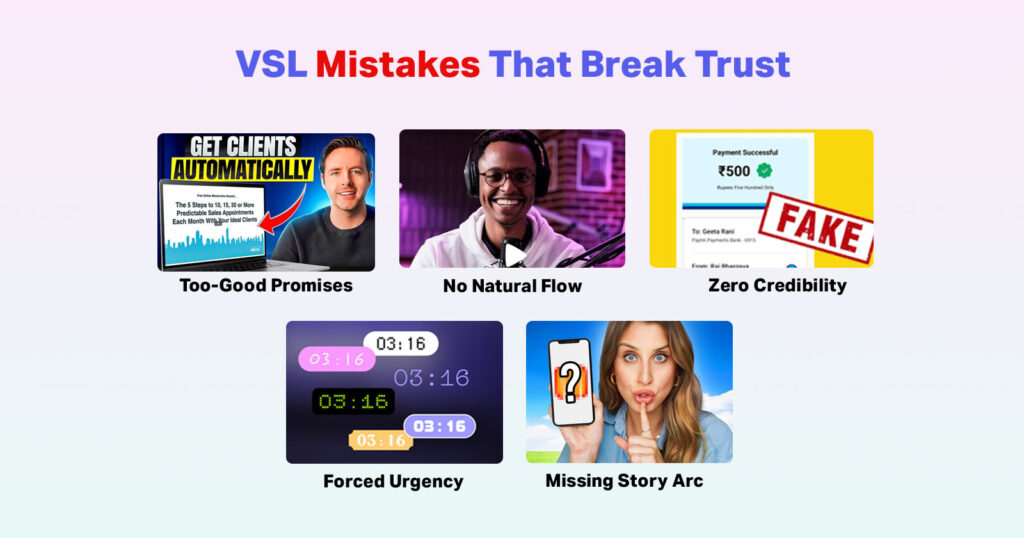
Overpromising
Ever watched a video that promised “instant” transformation? That’s what overpromising looks like, and it’s one of the biggest red flags in VSL script writing. It makes viewers suspicious pretty quickly because people expect truth, not miracles. When we wrote VSLs for Brooks Kelly, we focused on credibility through real examples, and his mortgage conversions grew by 42% within 3 months with no fluff required.
Research shows that 92% of Consumers trust peer recommendations more than Paid Advertising, making authenticity and credible claims far more persuasive than sensational promises.
Excessive Urgency
A non-salesy VSL writing approach adds urgency through storytelling, not pressure. If a script screams “buy now before midnight” every few seconds, it sounds manipulative. For example, when we worked with Colin Matthew, a Credit Repair Coach and the founder of Freedom Funders, the tone leaned more on excitement about opportunity rather than fear of missing out, and results spoke louder than scarcity.
Script Without Flow
When everything sounds like a product catalog, the flow breaks. For Gene Slade from Lead Ninja, we built transitions around story beats, leading to a 58% boost in viewer retention because Engagement always wins over aggression. A VSL that sells feels conversational, blending story and structure so naturally that people hardly notice they are being guided.
How To Write A VSL Script Writing Blueprint That Sells Without Sounding Pushy
Learning how to write a VSL that connects emotionally without sounding like a pitch is both art and awareness. It’s knowing when to teach, when to entertain, and when to invite. Below are the seven easy‑to‑follow, emotionally intelligent steps that form our VSL writing blueprint that never feels forced.
| Step | Focus Area | Key Outcome |
|---|---|---|
| 1 | Understand Audience | Builds trust and empathy |
| 2 | Build Story | Creates emotional connection |
| 3 | Script Clarity | Improves comprehension and retention |
| 4 | Authentic Tone | Strengthens credibility |
| 5 | Strategic Structure | Enhances conversion path naturally |
| 6 | Visual Emotion | Deepens storytelling impact |
| 7 | Honest Invitation | Drives loyal, voluntary actions |
Step 1: Understand Audience
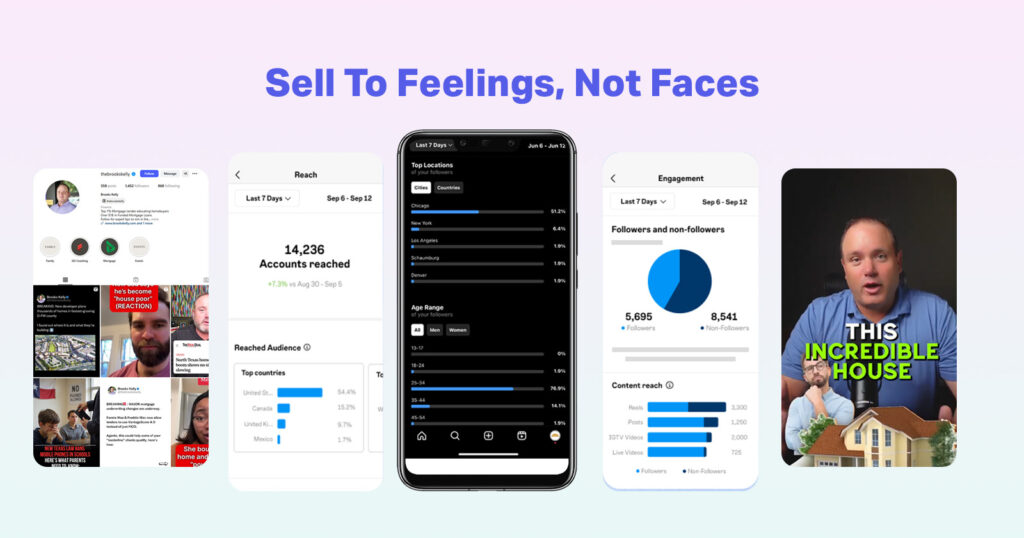
64% of consumers expect brands to Connect Emotionally (i.e., understand hopes, fears, motivations) in their messaging. The first rule of VSL script writing magic is empathy. Your viewers are not just numbers; they’re people looking for changes they can believe in. Connect with that, and conversions come naturally without even trying. Before drafting a single line, study your audience’s hopes, fears, and motivations. Identify what truly drives their decisions. That’s the emotional blueprint.
- Search Reddit/Quora for real pain points
- Study YouTube comments on competitor videos
- Note fears vs. desires behind buying decisions
- Write for moods: skeptic, hopeful, or stuck
- Reuse phrases your audience actually says
Step 2: Build Story

A good story lets viewers see themselves in it, making them feel gently understood without being sold anything overtly. 68% of consumers say brand stories influence their purchase decisions. Start with a relatable scenario or an honest struggle your audience faces daily. Then insert your offer as a natural resolution. A good story lets viewers see themselves in it, making them feel gently understood without being sold anything overtly. Storytelling is the heart of every high-converting VSL because emotion always sells better than logic.
- Start with a thought your viewer already has
- Show a small, relatable failure
- Let your product be the turning point
- Pause the story before the resolution for intrigue
- Shift pacing to match emotional highs and lows
Step 3: Script Clarity
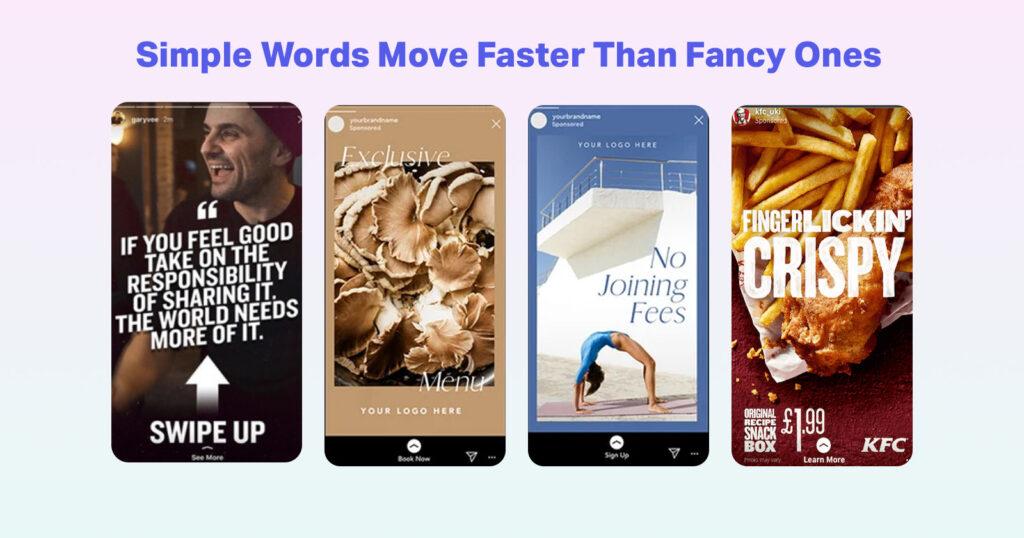
Confusing flow or heavy buzzwords are instant killers of trust. A good VSL framework guides the audience step by step with simplicity. Keep the structure neat and your sentences crisp. Explain benefits instead of bragging about features. That’s exactly what worked for Weidmann Group, where simplifying the message helped attract 38% more demo sign‑ups organically. Personalized strategies (which tend to correlate with clearer, more audience-aligned copy) see ~41% higher conversion rates.
- Read lines aloud, cut what sounds forced
- One idea per 15 seconds
- Turn adjectives into measurable outcomes
- Use contrast lines to hold focus
- Add quick recaps every 45 seconds
Step 4: Authentic Tone
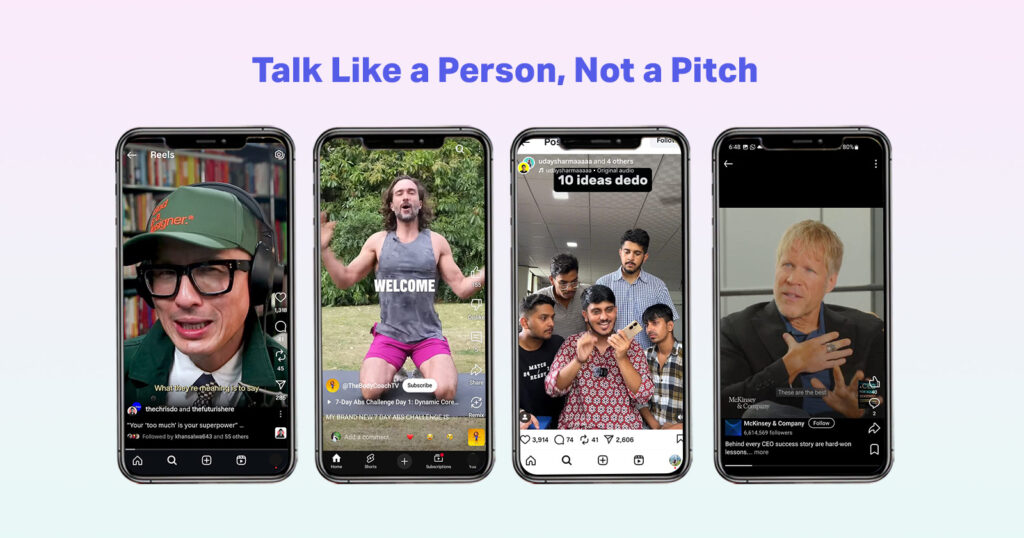
Your business Needs a Voice and a VSL that sells, has a voice filled with warmth and certainty instead of fake joy or robotic copywriting. Your tone is your brand handshake. Anyone can write words, but few can sound human. Keep your tone real yet intentional. Talk as if you’re right there with the viewer, sharing a moment. Avoid bragging or jargon.
- Keep tiny voice imperfections; they feel real
- Use analogies, not corporate words
- Talk to one person, not an audience
- Add “I get it” moments naturally
- Match visuals to natural voice rhythm
Step 5: Strategic Structure
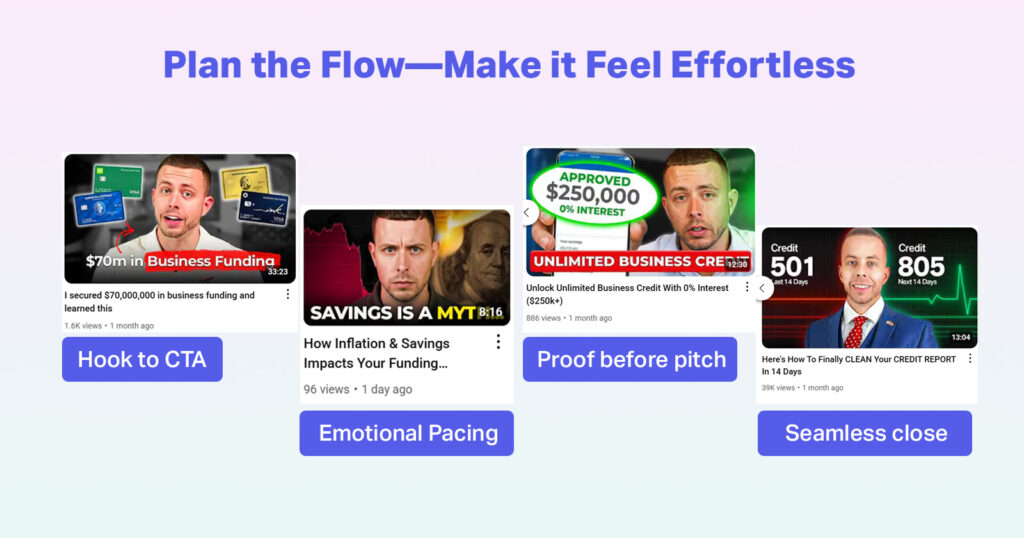
Great flow in VSL writing feels effortless yet deeply planned. Use pattern breaks just enough to refresh attention. A proven VSL framework includes a problem statement, a relatable emotion, a solution reveal, and a strong invitation wrapped in sincerity. That order keeps logic and emotion balanced while naturally leading the viewer closer to a buying decision they trust.
- Open a curiosity loop early, close near the end
- Break visuals or tone every 20-30 seconds
- End each part with a mini-hook
- Show proof after emotion, not before
- Close with a value-based CTA
Step 6: Visual Emotion
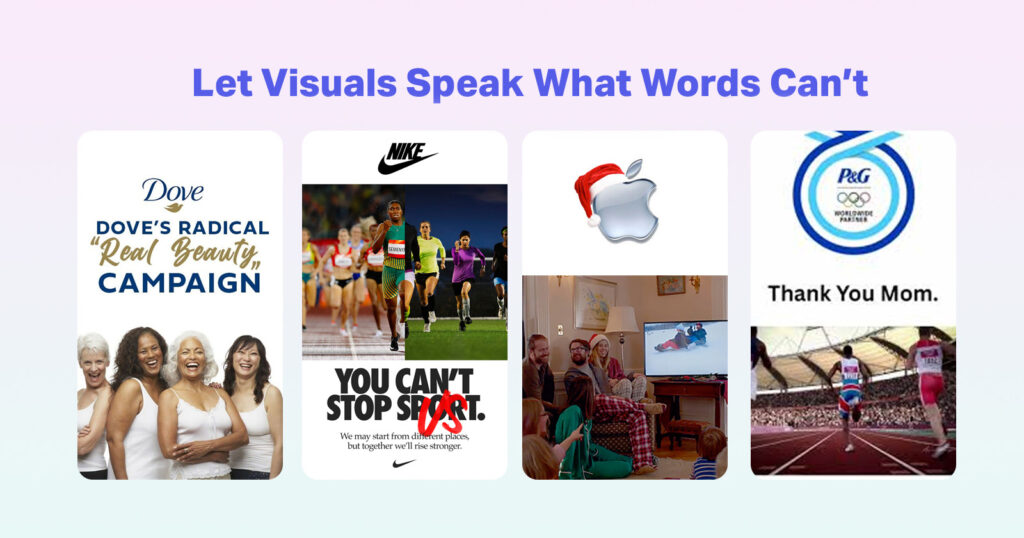
72% of consumers would rather learn about a Product/Service through a video. Visuals amplify feelings. For each VSL Script Writing scene, think about what your audience sees, expressions, colors, music, all shaping emotional context. Use cuts that complement the voice, not overwhelm it. High‑quality Editing doesn’t just make videos look professional; it keeps people emotionally connected. When visuals, timing, and emotion sync perfectly, editing becomes silent persuasion, boosting retention and helping audiences stay engaged from the first frame to the very last.
- Switch angles or visuals every 20-30 s to reset attention
- Show struggle in muted tones and solutions in bright colors
- Sync text overlays with voice for key benefits
- Use real facial expressions and natural lighting
- Shift music and color to match emotional beats
Step 7: Honest Invitation

Instead of shouting “buy now,” ask the viewer to imagine how their life improves. The invite should sound conversational, not corporate. That shift in tone transforms the experience from obligation into natural action. We use this approach for every client today. It builds trust faster than any clickbait promise ever could because honesty still sells beautifully.
- Invite them to picture their life after saying yes
- Use “what if” or “imagine” to speak emotion naturally
- Keep your tone calm and conversational, not pushy
- Speak like a friend guiding them, not a seller closing them
- End by reassuring them it’s their choice, no pressure
Final Thoughts!
A VSL script writing process that sells without sounding desperate is not just rare, it’s meaningful. It’s about being brave enough to be real. When your audience feels understood, they buy with confidence, not pressure. We at ShortVids keep crafting VSLs that sell for brands that care about connection. Because sincerity delivered with heart is still the strongest selling strategy there is.
Frequently Asked Questions
A good VSL structure starts with a hook, paints the problem, stirs emotion, gives the solution, builds proof, and ends with a clear call‑to‑action.
Know your audience, tell a story, stay clear, sound real, plan flow, add emotion, and close with honesty. That’s a VSL writing blueprint that sells softly.
A high-converting VSL works best between 3 and 8 minutes, short enough to hold attention yet long enough to feel real.
Because at ShortVids, every VSL that sells is built around your story, written to connect, not pressure, and that’s what makes it unforgettable.
Book a Call Today
- Fixed monthly plans starting at $999
- 24-hour turnaround time (or less) on all short-form edits
- 3-layer quality check system on every video
- No more chasing freelancers or managing editors
- Scale up to 50+ videos/month without hiring in-house
- Content team trained on platform trends, scroll-stopping hooks & storytelling
- Fully managed by professionals – you just upload & approve
- Response time: Under 1 hour (US & GCC time zones)
Cut your production costs, not your standards.

